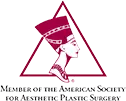Rhinoplasty
CONVENIENTLY LOCATED TO SERVE NASHVILLE, BRENTWOOD, AND FRANKLIN
Jump To:
It is amazing how much a simple adjustment to someone’s nose can create so much harmony within the face. Double board-certified plastic surgeon, Dr. Paul Warner Papillion loves performing rhinoplasties. His meticulous and detail-oriented nature is perfect for such a delicate refined procedure as rhinoplasty. During your consultation, you will discuss your desires and actually look at mock animations to see exactly what your predicted result would be. This is a fun, exciting process that both you and Dr. Papillion will enjoy. Keep reading below as Dr. Papillion answered some of the most commonly asked questions about rhinoplasty!
Quick Facts:
Rhinoplasty
Cost: 9000-11500
Downtime: 7-10 days
Pain Scale: 3-4
Also known as: rhinoplasty, nose job, closed rhinoplasty, open rhinoplasty, reduction rhinoplasty.
-TT
Do you do scarless rhinoplasty?
Yes. Scarless Rhinoplasty is really not scarless… the incisions are just hidden inside the nose. For patients who need small adjustments, a scarless or “closed rhinoplasty” is a good option.
What is an open rhinoplasty?
Open Rhinoplasty is the more traditional surgical approach where you make a small incision across the columella, and you elevate the skin to reveal the cartilage and bones that make up the shape of your nose. This is the approach I use the most due to its versatility and ability to address more features of the nose.
Will you have to break the bones?
Maybe. Depending on what needs to be done for your desired result, the nasal bones often have to be moved. I prefer the word “cut” as opposed to “break”. Every move made in a rhinoplasty procedure is a move made with precision. If your nasal bones have to be moved, I use a tiny instrument to cut the bones allowing them to be repositioned as needed.
What is the difference between open and closed rhinoplasty?
Rhinoplasty can be done by an open or closed technique. In the open technique, the surgeon makes the incision starting on the inside of the nose and crosses over the columella using a tiny incision. In the closed technique, the surgeon makes all of the incisions on the inside of the nose.
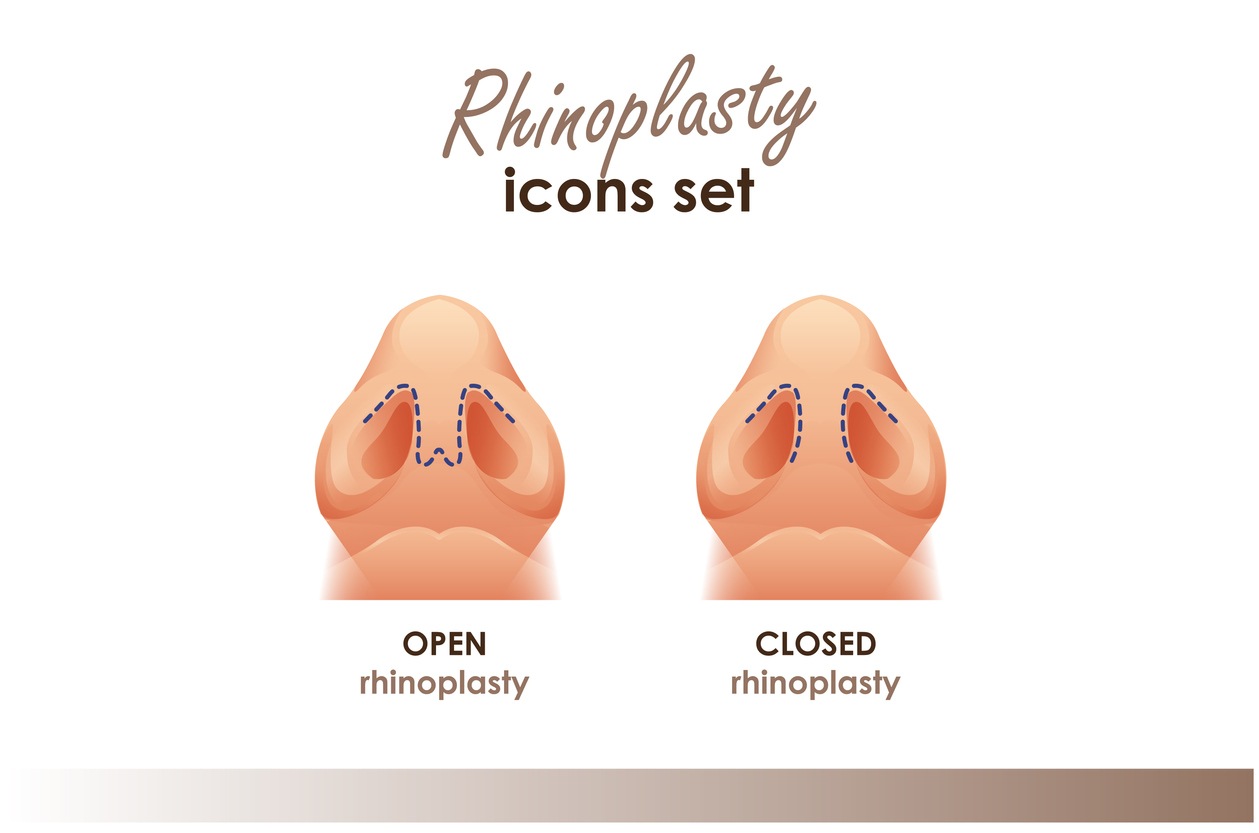
The biggest advantage of the closed technique is that you typically have less nasal tip swelling after surgery. …so you reach your final result a little faster. Most surgeons shy away from this approach because it’s a little more difficult to see what you are doing, and because you are working through a small incision inside the nose, it can take some surgeons longer to complete the case.
I perform both open and closed rhinoplasty. The deciding factor is usually how much work needs to be done on the inside and patient preference. The more adjustments I have to make to the dorsum and nasal tip, the more I prefer the open approach. If I am just adjusting the dorsum “nasal bump”, the closed approach is what I prefer.
Rhinoplasty Patient Before and After to Remove a Dorsal Bump
Can I see my results before surgery?
Yes! I use animation software to make changes to your preoperative photo so that we can see exactly what we like and what we do not like. During the consultation, we will take photographs and I will make adjustments showing various outcomes. We will review the photo set so we can further solidify what your exact goals are. I cannot personally understand doing any cosmetic rhinoplasty planning without the use of imaging software. See below for an example of the before and mock animation.
What does recovery look like and when can I work out?
The recovery process is a little different for everyone however there are a few things that you can generally expect. We will cover those by the time frame below.
Day 1. When you wake up from surgery you will have a nasal splint on the top of your nose and nasal packing on the inside of your nose. You will feel stuffy “like a head cold” and will have some local pain to the nose region. You will go home the same day and rest with your head elevated. You will take pain medication as needed.
Day 2-3. Swelling is usually more than the first day. The same stuffiness and discomfort will be present. Pain should be well controlled with medicine and rest. You should be able to watch tv, fix small meals, and stay pretty quiet.
Day 4-7. Swelling will start to decrease these days. You will feel better than the first couple of days. The nasal packing will become more annoying.
Day 7. I typically see patients about 6-7 days after surgery. Your packing and splint will be removed. This will feel much better! You will have bruising and swelling around the eyes and cheeks, but It will be decreasing over the next week.
Week 1-2. You can return to desk-type activities or studies. Walking as much as you want is fine.
Week 3. I typically let you increase your heart rate and start lower body exercise. So if you want to get on a recumbent bike and pedal, you are free to do so. You will increase your activities from 3 weeks on depending on how you are doing.
Week 4. 80% of the swelling is down and things are looking better. You can continue to work out as tolerated.
Week 6. 85% of the swelling is down and you should be ok to wear sunglasses.
Week 8. 90 % of the swelling is down and you should be back to your regular routine.
3 months. 95% of the swelling is down and now you will have a slow change over the next 6 months until all of the swelling is gone.
When can I work out again?
I will let you start lower body workouts at 3 weeks. From there you can progress as time goes on.
View Rhinoplasty Post-Operative Instructions
 Rhinoplasty Nashville Tennessee
Rhinoplasty Nashville Tennessee
These are some of the most common questions asked during a rhinoplasty consultation. Book your custom consultation with Dr. Paul Warner Papillion today. We can’t wait to see you!

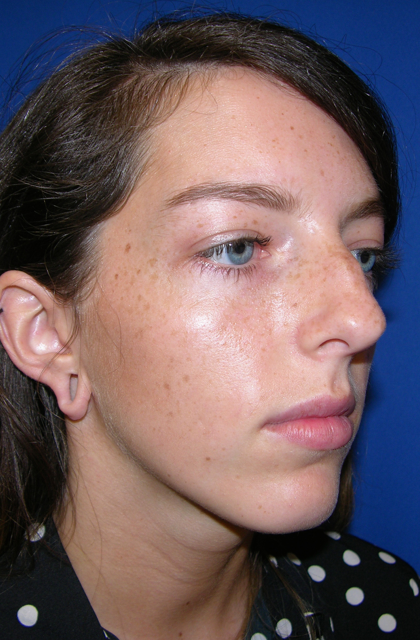
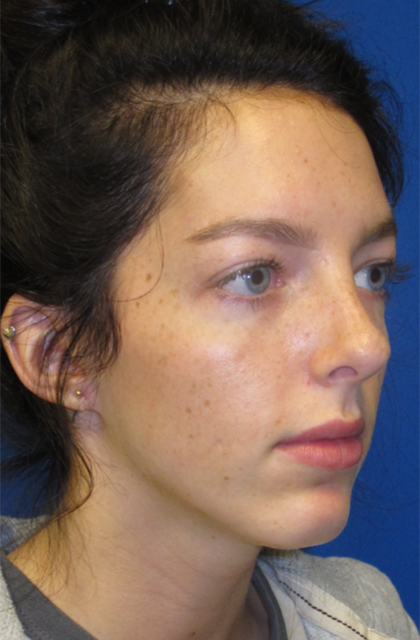
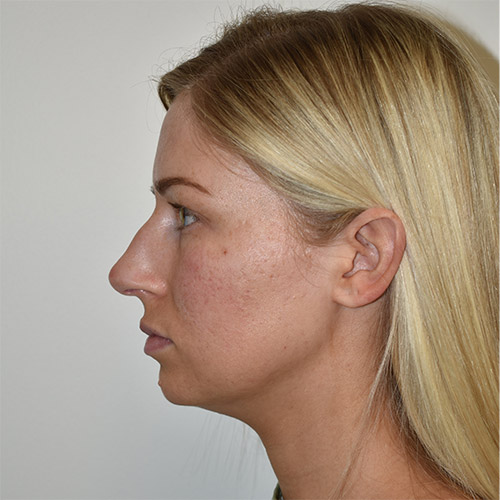 Before
Before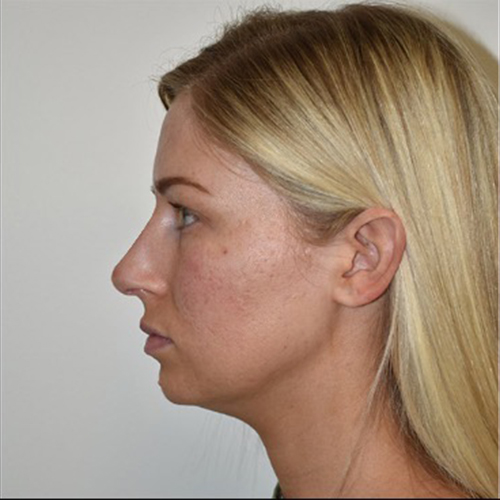 Mock Animation – “Goal for Surgery”
Mock Animation – “Goal for Surgery”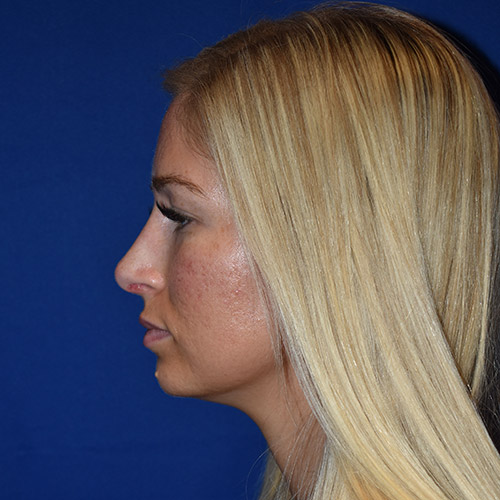 After Surgery Result
After Surgery Result
